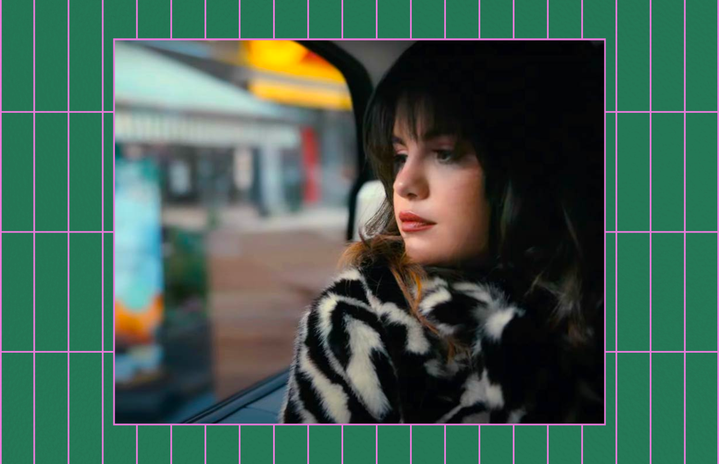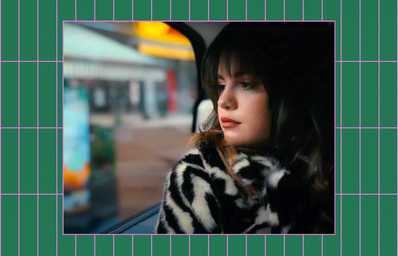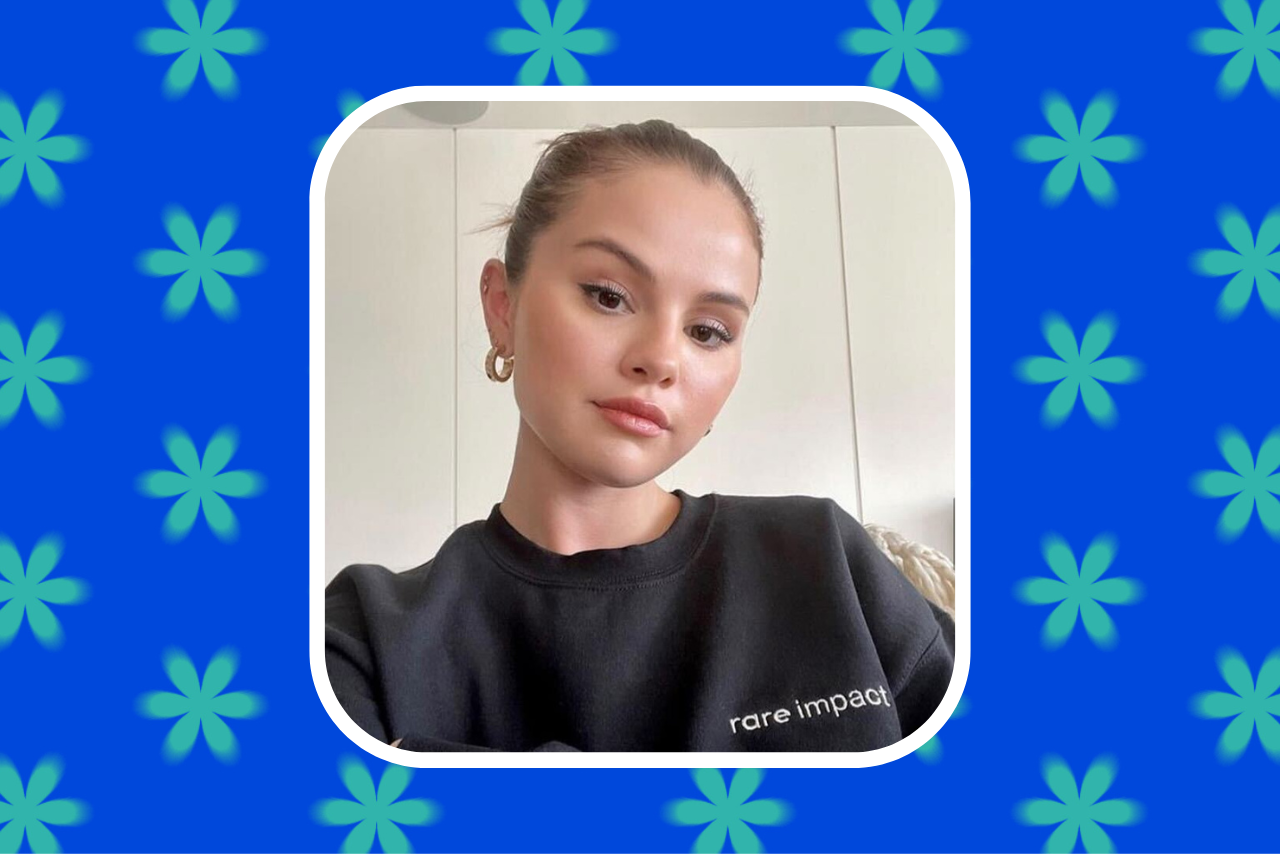The newly released documentary Selena Gomez: My Mind and Me, directed by Alex Keshishian, follows Selena Gomez and her journey with mental health over the past six years. The original intention of the documentary was to showcase Gomez’s Revival tour. However, as Keshishian spent more time with Gomez, he felt there was a side of her that existed off-stage that she felt she had to hide from the public. The documentary reminds viewers that Selena Gomez is not a brand, but rather a human being coming to terms with her identity on a public platform, and it presents a less glamorous perspective of stardom.
As Gomez struggles with growing up, she feels there is a part of her identity that is somewhat inescapable. “Everything I ever wished for I’ve had and done all of it. But it has killed me. Because there’s always… Selena.”
The documentary opens with Gomez backstage before one of her final dress rehearsals, admitting to her best friend that she had been “hearing all these voices” in her head every time she performed. She stares at herself after running through a couple numbers, picking apart her outfit and her performance, and admitting that she has “no idea what the **** she is doing,”
From a young age, Gomez has been acting in television shows, booking her first gig for Barney and Friends at seven years old. The pressure to succeed within the industry only increased as she continued to book more roles, and her career expanded to include singing. “I started working when I was seven. I quickly learned how to play the part. I have juggled work and school and relationships for as long as I can remember. As great as life was, underneath all of it I was struggling,” Gomez shared.
As her career became more notable, Gomez started to worry more about what others would think of her. What were her fans going to think? Were her managers happy with this album? Was she doing enough? The things she once loved to do began to make her miserable. The external pressure to succeed had “sucked the life out of it,” and in thinking about how she could please everyone else, Gomez had lost herself.
A significant contributor to Gomez’s anxiety and depression was her tumultuous relationship with Justin Bieber. Despite their break up in 2018, Gomez admitted to “feeling haunted by a past relationship that no one wanted to let go of” and the pressures of having to cope with the “worst possible break up ever” publicly. The inability of the media to move on from her relationship with Justin Bieber contributed a lot to her worsening mental health. Gomez said the constant mention of her ex-boyfriend created an insecurity that she would never be enough on her own.
Gomez expressed how unhappy she was with herself before the tour had even begun, and these feelings only grew stronger until they “triggered some sort of psychotic break” that resulted in the cancellation of the Revival tour. Her depression and anxiety became so debilitating that she had to check herself into a psychiatric hospital for rehabilitation. During her stay at the hospital, Gomez was able to understand her emotions through her diagnosis with bipolar disorder.
Watching such a public figure in pop culture struggle with her own mental health helps destigmatize these conversations. Selena Gomez opening up about her diagnosis and taking a break from the music industry to cope can help others feel less alone in their struggles with mental health.
“Last year I was suffering mentally and emotionally and I wasn’t able to stay all buttoned up and together. I sought support and the doctors were able to give me a clear diagnosis. The moment that I received that information, I finally had the knowledge of why I had suffered for so many years with depression and anxiety. So I began to face it head-on, as my mother had taught me to face my fears and challenges when I was younger. I am happier, I am healthier, and I am in control of my emotions and thoughts more than I have ever been,” Gomez said.
One of Gomez and Keshishian’s goals was to create a documentary that encourages people to understand their emotions and normalizes the inability to be perfect all the time.
“I also struggle with my own thoughts and feelings at times,” admits Gomez. “But this does not make me faulty. This does not make me weak. This does not make me less than. This makes me human.”
Want to keep up with HCBU? Make sure to like us on Facebook, follow us on Instagram, check out our Pinterest board, and read our latest Tweets!




